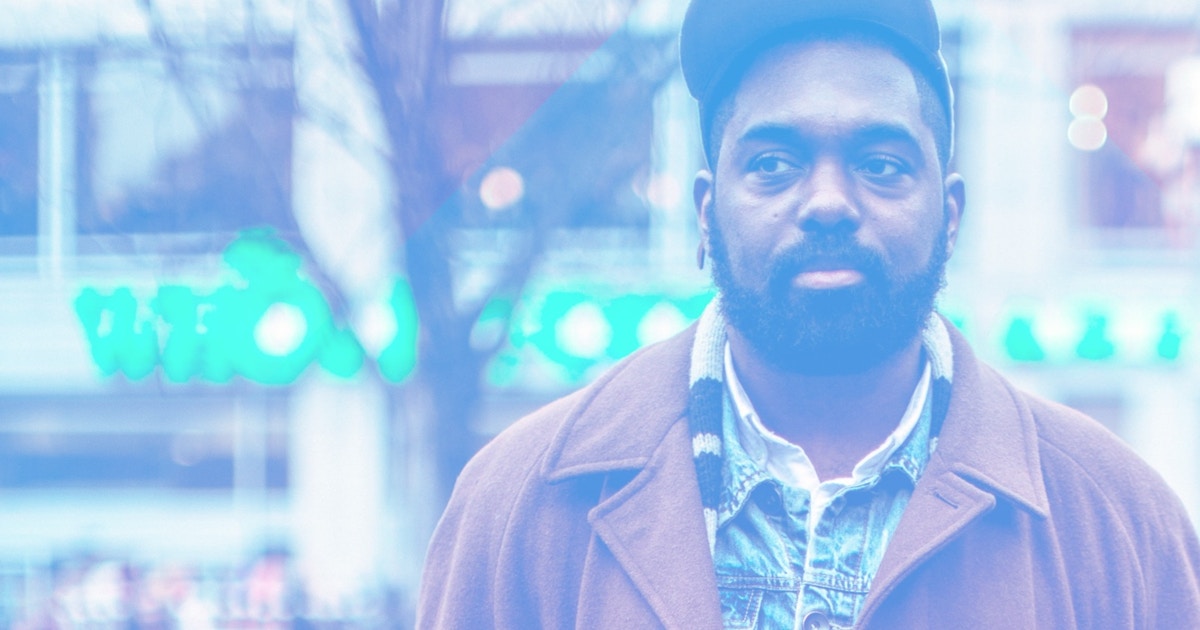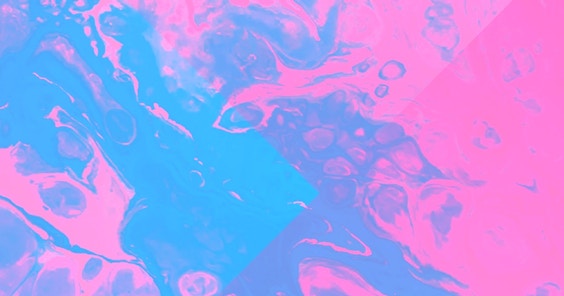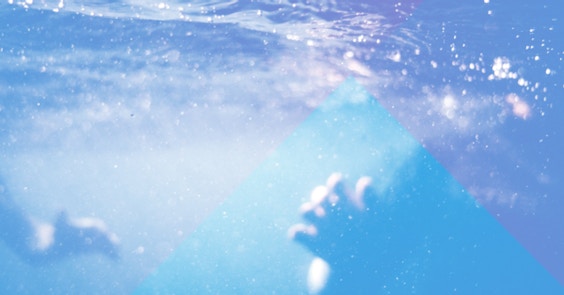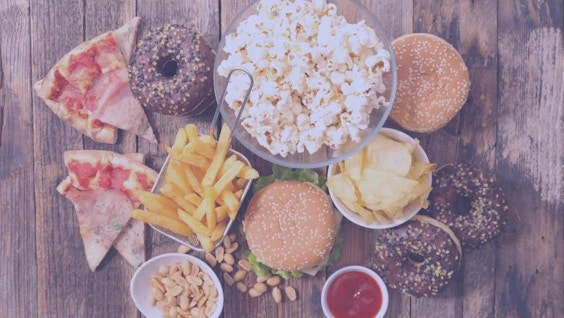I Am Sober is a free app that helps you get some control back in your life.

Stop Calling Them Cravings
Last Updated: Fri, November 1, 2024You can call it a disorder, a disease, or a choice. At the end of the day, it doesn't matter to me because it’s still almost impossible for people without an addiction to understand what it feels like to be addicted to something, anything. You have it or you don’t. And while there are good people – smarter people than I’ll ever be – conducting studies and copious amounts of research on it, from what I’ve seen, very few of them suffer from addiction. If you’ve never felt the need to keep drinking, then you don’t know how it feels to stop drinking.
Cravings is a Misleading Word for What Cravings Do
I think the term “cravings” is partially to blame for a lot of peoples’ misconceptions regarding addicts. People hear “cravings” and equate it to food. They think of cravings being like when they pass by an ice cream shop and get a whiff of waffle cones. Suddenly they want ice cream, but that’s a passive hold over a short attention span. It’s not gnawing them to bone.
There are others who take the food analogy a step further, equating it to something a little more sinister. “If you’re having cravings in sobriety, it’s like being hangry, right? Your belly is empty and service at the restaurant is slow, you’re tired, agitated and running on fumes, and all you can think about is getting some food in your belly.” It is closer, but it’s a far cry from addiction’s cravings. Being hangry is still a short-term sensation; a slow boil. Cravings aren’t slow. They’re long, spontaneous, and persistent.
Starving is the closest food-related term to capturing what a craving is. And you don’t know what “starving” is unless you’ve actually suffered from starvation. It’s as though you can visualize your hourglass running out and you’re desperate and panicked and praying, hoping, bargaining for anything to sate your hunger. Everything you look at is mentally weighed and evaluated. Can it be eaten? Can it be used to get you closer to food? You become a Sherlockian scavenger, speed-reading the scene: three cans in the trash and the recycling station is two blocks down, there’s a 7 trash cans in between, could scrape a few bucks together, pawn a jacket and still make the 8:30 bus to the liquor store. It’s a feat and every time I wish I could have those skills in sobriety, I remember I only had them from desperation, not passion.
I prefer ditching food analogies altogether and tell people “cravings” feel like I’m drowning. The world around you could be on fire, you could even be missing a limb or suffering a concussion, but none of that matters, you need get air.
While all these teeter on what a craving feels like, they don’t really capture how it happens or why. The worst part about the term craving being so tied with food is that most of us have control over our food intake. And, it’s not hard to find cheap food. So regardless of what food-related imagery they use (starvation, hangry-ness, impulsive whiff), it all comes back to a matter of control. Food is not far from reach, so it’s your fault you didn’t eat breakfast and decided to dine out during a restaurants rush hour.
But, thanks to a relatively recent popularization of a particular phenomenon, I finally have a way to communicate how a craving occurs and the impulse to answer the call.
The Phantom Vibration Syndrome & Addicts
This is when I finally found it. The thing that most people today can relate to, understand, and suffer from and it’s all thanks to smart phones: phantom vibration syndrome. Addicts, recovering addicts and non-addicts all seem to know what this feels like. All that said, there is something I found that helps people understand what addiction feels like. People don’t know the cause of it, but it’s suspected the reason is two-fold:
-
Overusing one’s phone
-
Expectations leading to misinterpreted sensory input
First, overusing your phone is obvious because we all seem to do it. There have been studies on Phantom Vibration Syndrome that found people can suffer from this as early as one month after carrying a phone with them.
The second part of this is equally fascinating. If you’re expecting a date to call, a job with an interview follow up, or a package to arrive then your brain will misinterpret subtle sensations as your phone vibrating. People do this regardless of whether or not their phone is on them and then there’s that additional panic of “where is my phone?!” This. For non-addicts, this is what happens when a craving occurs.
You could be doing anything. You could be walking a dog, playing a video game, shopping, driving, hiking, painting – anything – and you’ll suddenly have a craving. You don’t want to indulge in it, but in the same way your hand juts down to your pocket to feel if it’s actually ringing, you do it unconsciously. You need to check.
For my friends who are non-addicts, I tell them to spend a day without their phone, and remind themselves they don’t have their phone before they impulsively reach for it. Without fail, they get it. Even the rare few who’ve taken me up on the offer, I catch them reach for their phone when someone asks for directions or if we’re sitting down for lunch. It’s unconscious and it can happen anytime despite knowing you don’t have your phone.
And again, that’s how it occurs, not what it feels like – although the way some people have panicked after realizing their phone isn’t on them might be close.
This finally works for me when I try to describe cravings to non-addicts. And finally ends that conversation killer from that one asshole who says, "It’s easy to 'not' do something. I don’t want to go skydiving, so I don’t do it.” If every time you felt a phantom vibration, you were suddenly panicked and starving, then you’ll have a good idea of what an addict’s cravings feel like.
I Am Sober is a free app that helps you get some control back in your life.




